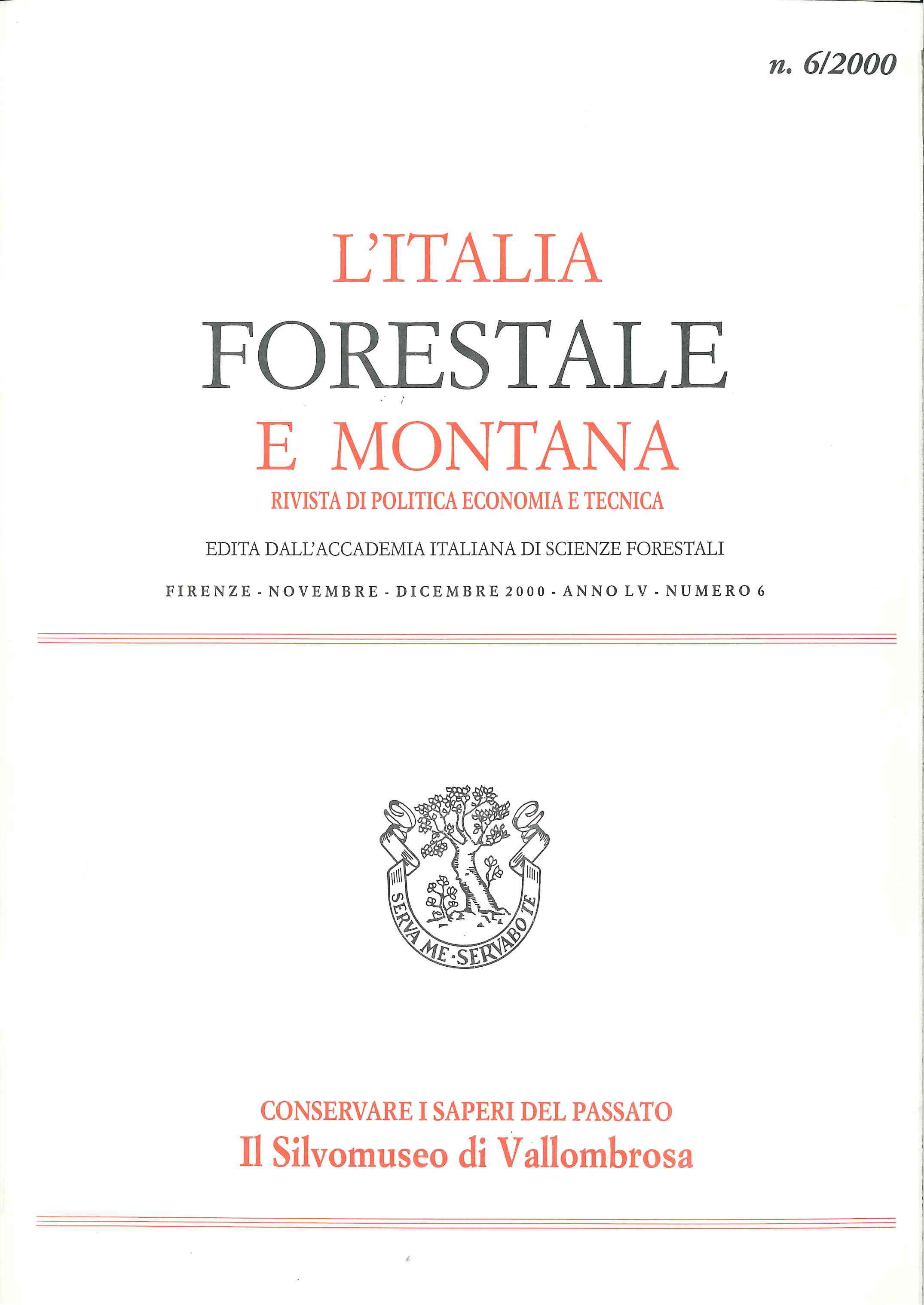Between agriculture and silviculture: woodlands and fir cultivation in Vallombrosa (XIII-XVII sec.)
Published 2013-06-25
Copyright (c) 2013 Italian Journal of Forest and Mountain Environments

This work is licensed under a Creative Commons Attribution-NonCommercial 4.0 International License.
Abstract
Vallombrosa is considered the cradle of Italian Forestry Science, not only for the rise of the first Italian school of forestry in 1869, but also for the role of the monks in the development of a silvicultural method including clear cuts and artificial regeneration to manage fir forests. It seems that these techniques were applied long before the rise of modern forestry in Germany, where these silvicultural theories were assessed and developed at the beginning of the 191h century. However, there are different opinions among foresters and historians, on the rise of this so called «monastic silviculture» and the role of woodland in the economy of Abbey. During the first centuries of the life of the Abbey (10th-14cmh)o st of the woodlands were made of oaks and chestnuts, highly considered for their importance in agriculture, while beech and fir had very little interest for farmers and monks. Beech was considered a sacred tree by the monks, because of a miracle made by the founder of the abbey, San Giovanni Gualberto, but fir was not so important. Only towards the end of the 17th century fir became a main issue in the economy of the Abbey, new plantations extended its importance in the landscape of the area, while the money from timber trade reached 35% of the total income of the Abbey in the 18th century.

